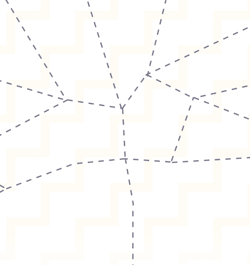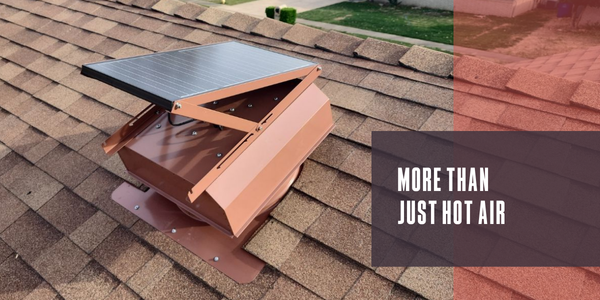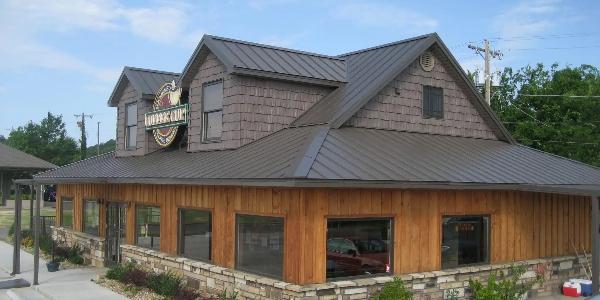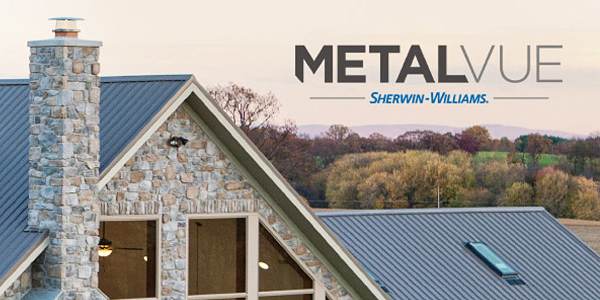More than just hot air
May 25, 2025 at 9:00 a.m.By Emma Peterson.
Learn about the importance of ventilation and how Attic Breeze’s products can maximize roofing system performance.
In a new episode of Roofing Road Trips®, Karen Edwards sat down with Chad Paris, the senior VP of sales and marketing with Attic Breeze. Chad shared a bit about the history of the Attic Breeze company, saying, “The creator of Attic Breeze was a gentleman by the name of Travis Hipp who lived in Gatesville, Texas and was an engineer by trade. He was actually building a house and it was a hot day in Texas, and that made him think, ‘I have to do something to get that air out. The passive vent just isn’t working. I have to get something moving there.’”
Next thing you know, Travis was in his garage building the first ever generation of Attic Breeze product. When he got it up in the attic space, he was able to bring the interior temperature from around 160°F down to about 110°F. From there, he started selling to his neighbors, and eventually it snowballed into a full-on company in 2006. Since then, the team over at Attic Breeze has been continuing to innovate ventilation solutions while helping contractors and homeowners alike better understand the importance of proper ventilation.
In the United States, most homes have attic ventilation, but it is oftentimes what is called passive ventilation. Put simply, this is ventilation without mechanics. Passive ventilation systems do allow air to move, but they have a much lower air turnover rate as they rely on natural factors like wind. This can lead to a variety of issues with your entire roofing system. Chad explained, “The more air changes you can get in that space, the cooler that space is going to be and it's going to help the life of the shingles, it's going to help whatever's in that attic, as well as being that air handler.”
What Travis did in his Texas home and what Attic Breeze’s products do is bring in a mechanical factor that increases the number of air changes in a home’s attic in comparison to passive systems. Further, because Attic Breeze’s systems are far more efficient than traditional ventilation, the entire building envelope can be more secure. Chad elaborated, “In the roofing industry, the more penetrations or the more openings that you have on a roof, the more chances that you're going to get some type of leak or some type of something coming into that space. With Attic Breeze, you’ll have one solar attic vent and then the soffits that are already on the side of the house. In other words, you have the power of that fan that's circling and pulling that air with one penetration instead of a ridge vent or the multiple openings.”
Read the transcript or Listen to the full episode to learn more about Attic Breeze and their ventilation solutions.
Manufactured in the USA using only the highest quality domestic and foreign parts.
Learn more about Attic Breeze in their Coffee Shop Directory or visit atticbreeze.com.

About Emma
Emma Peterson is a writer at The Coffee Shops and AskARoofer™. Raised in the dreary and fantastical Pacific Northwest, she graduated in 2024 from Pacific University in Oregon with a degree in creative writing and minors in graphic design and Chinese language. Between overthinking everything a little bit, including this bio, she enjoys watching movies with friends, attending concerts and trying to cook new recipes.
























Comments
Leave a Reply
Have an account? Login to leave a comment!
Sign In